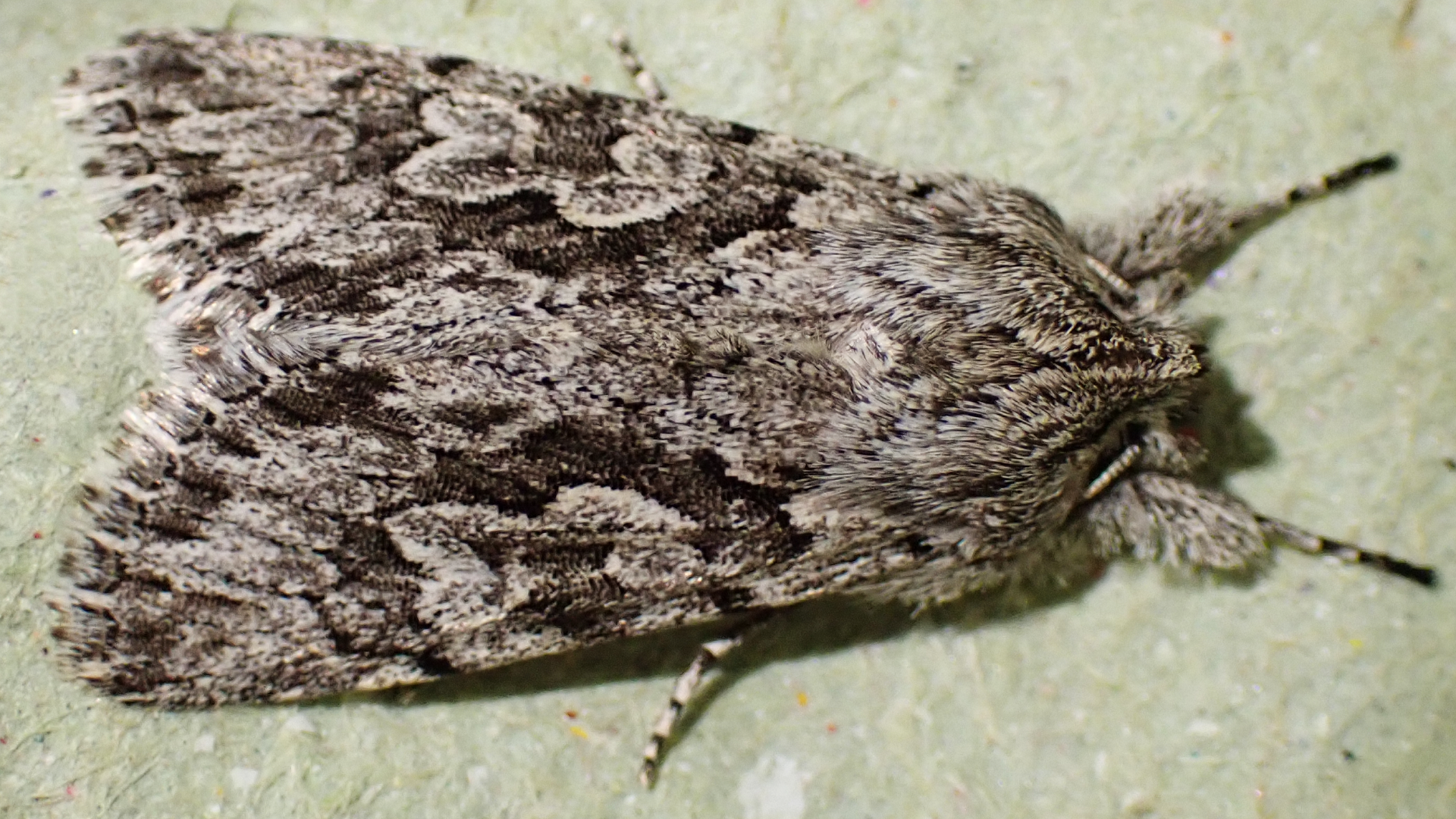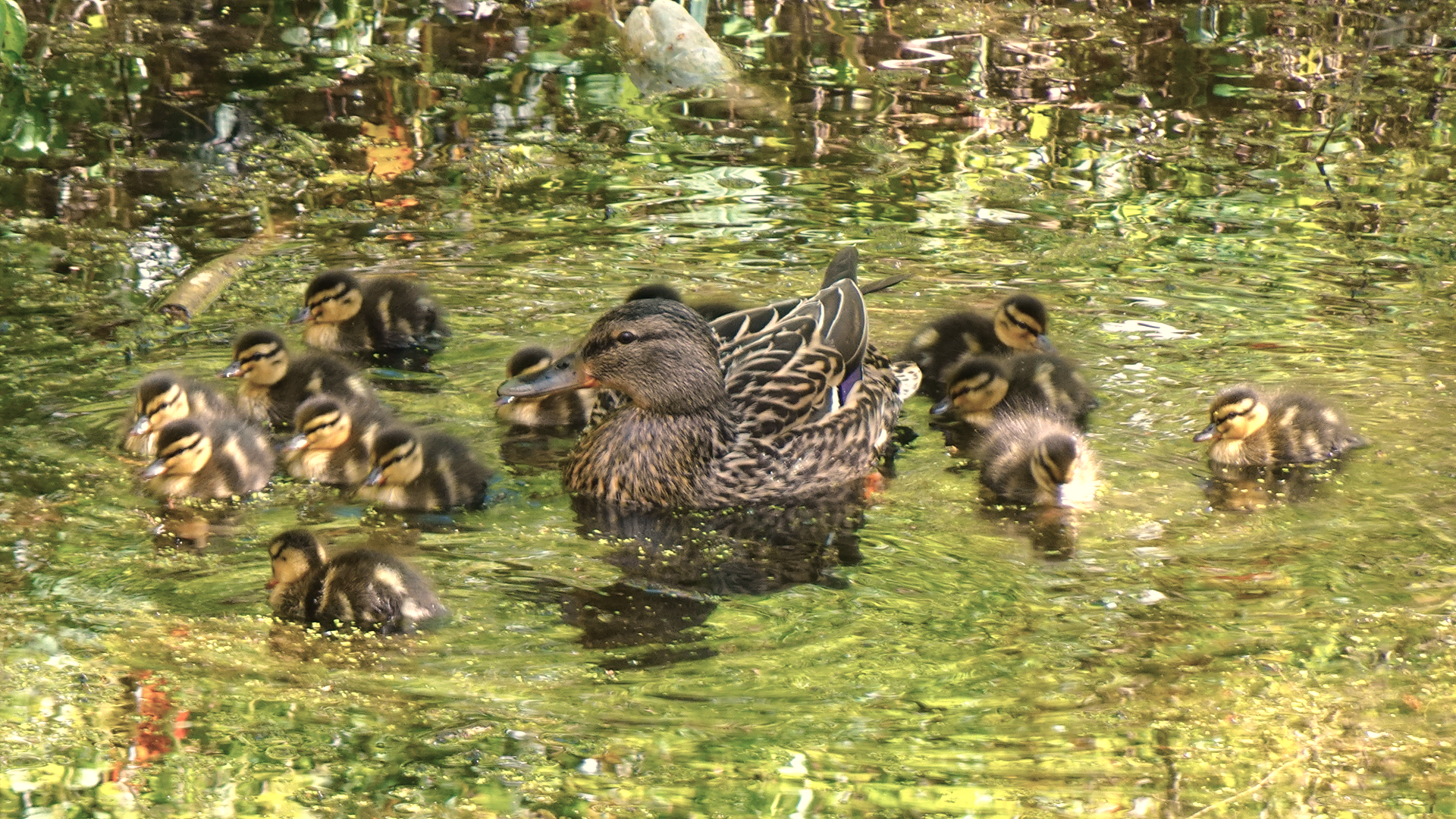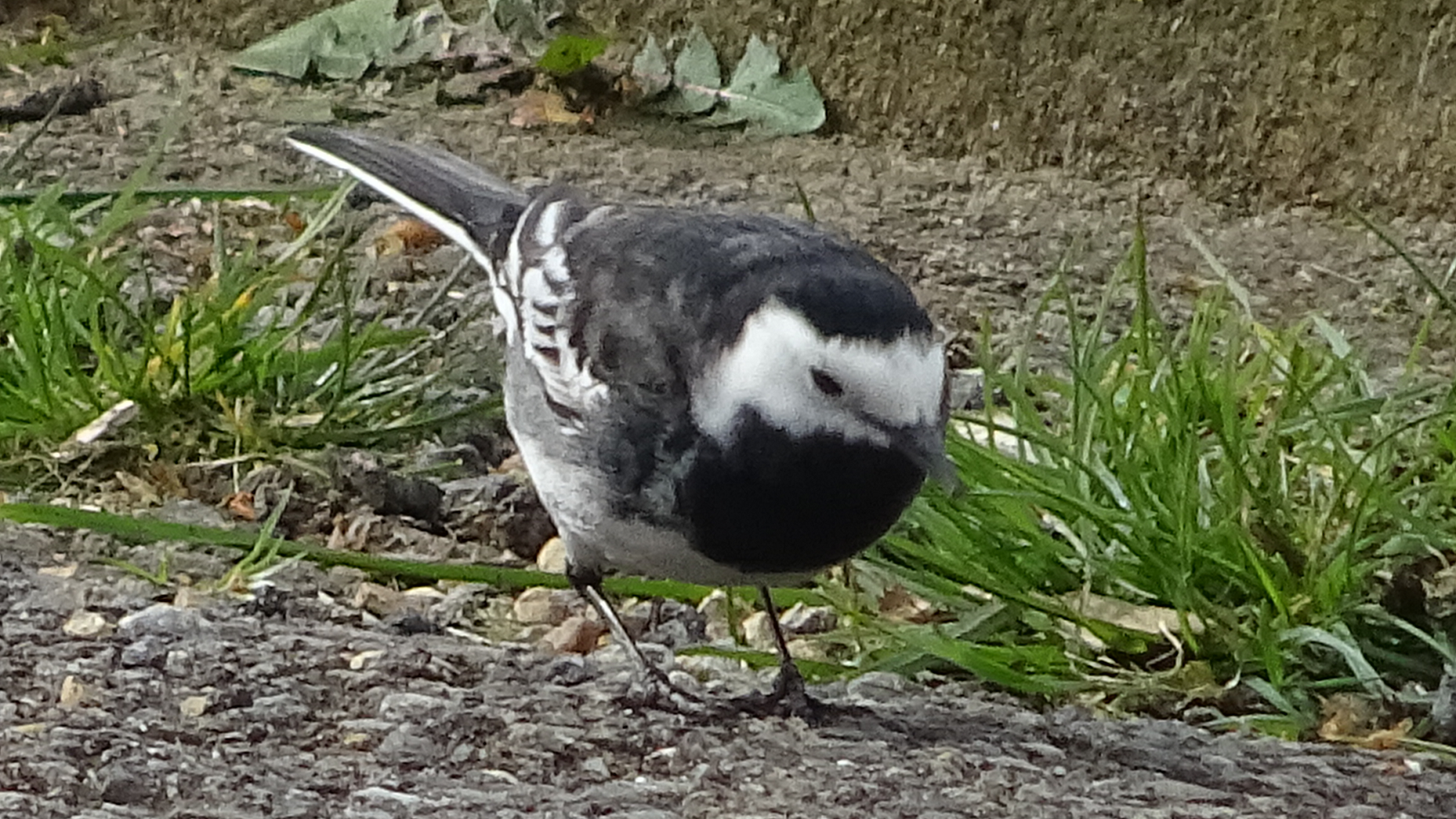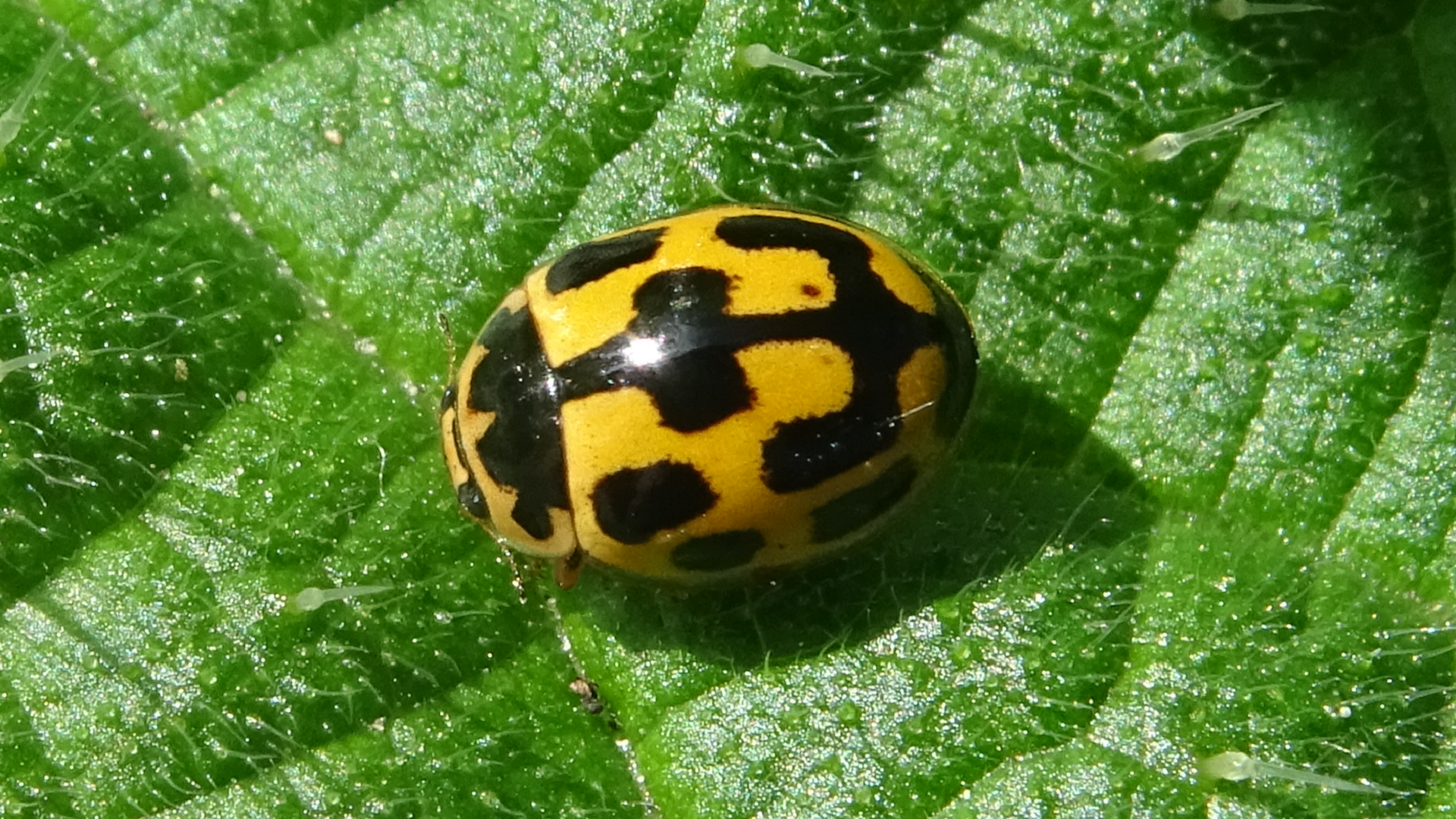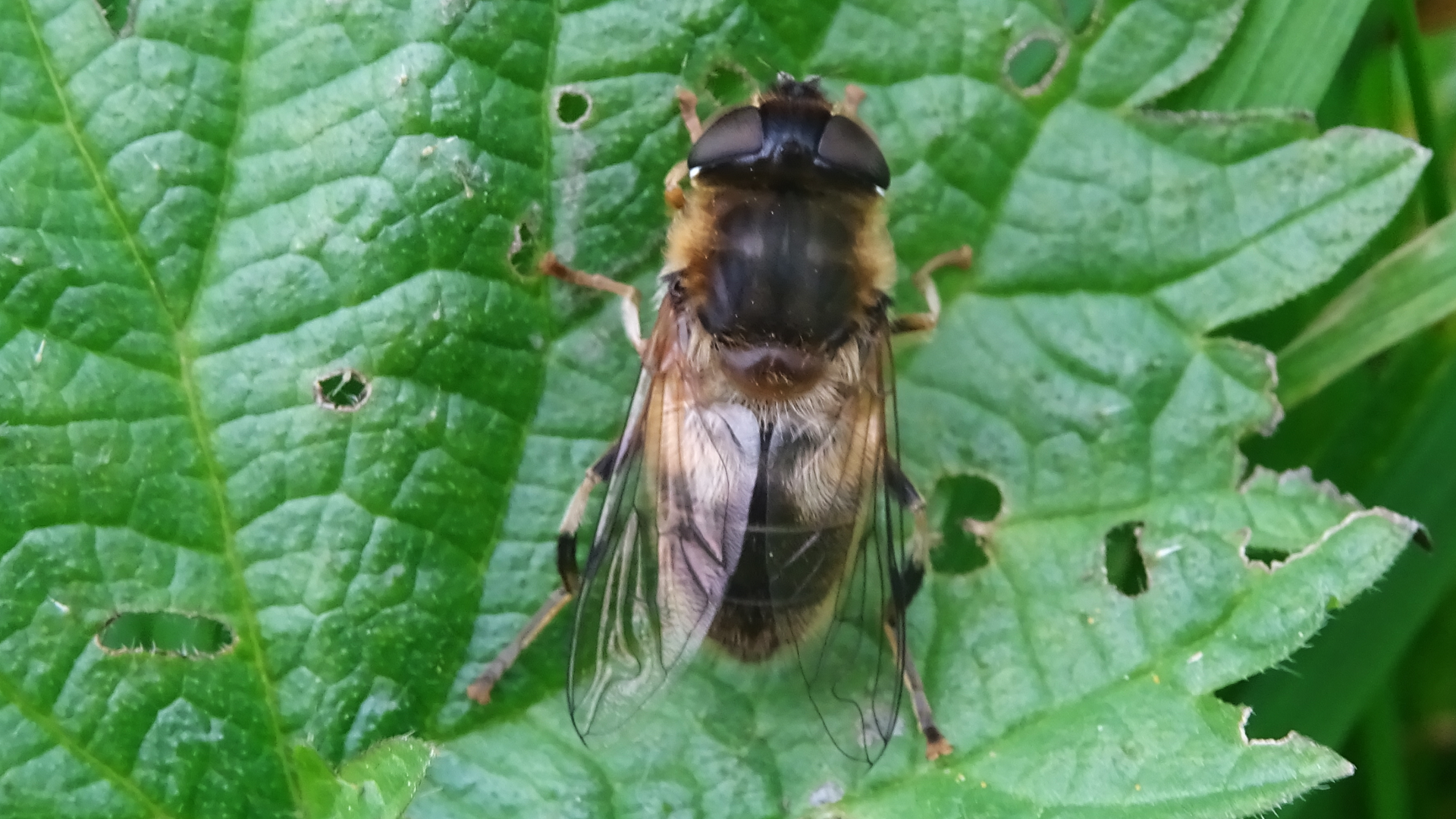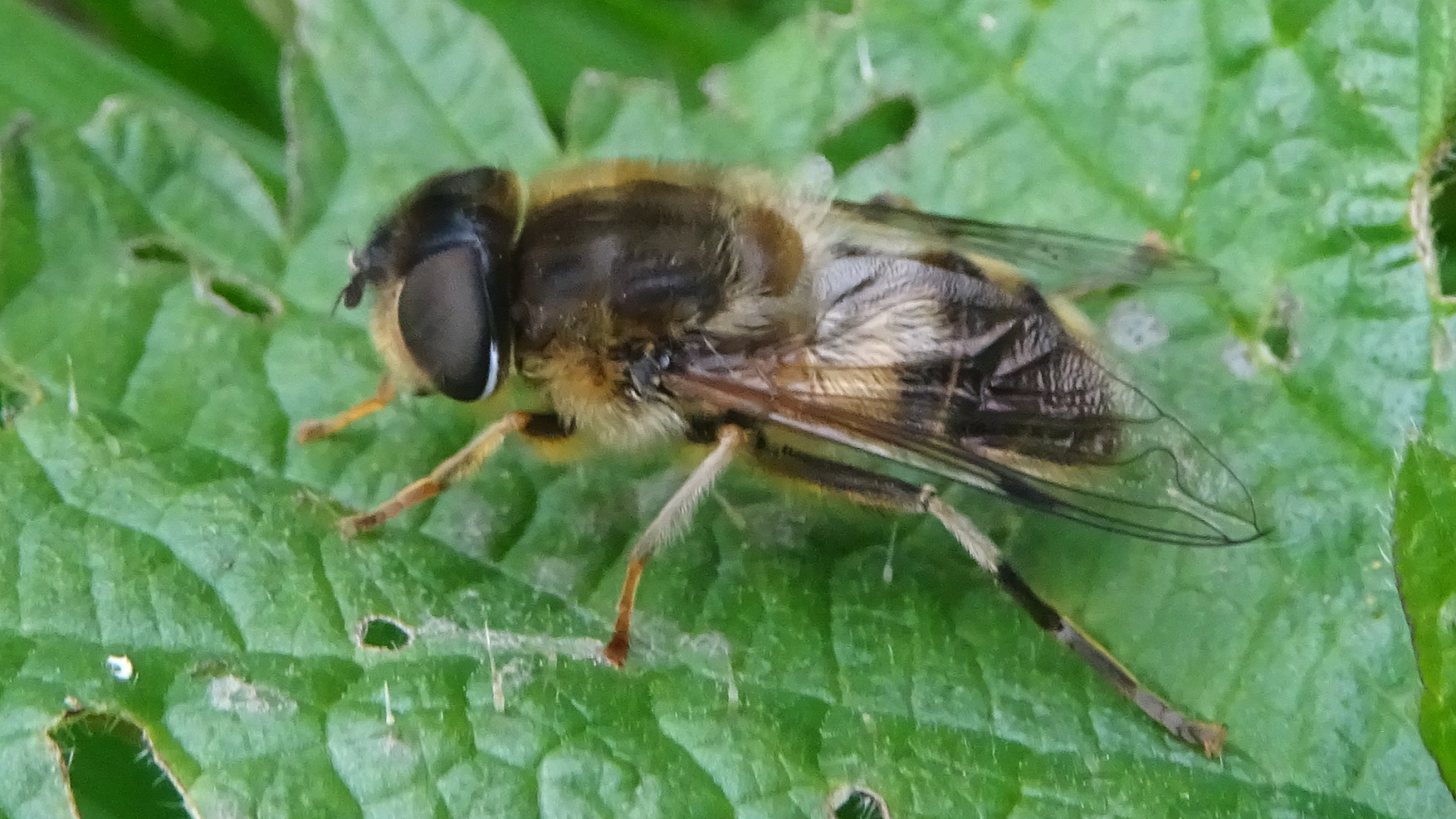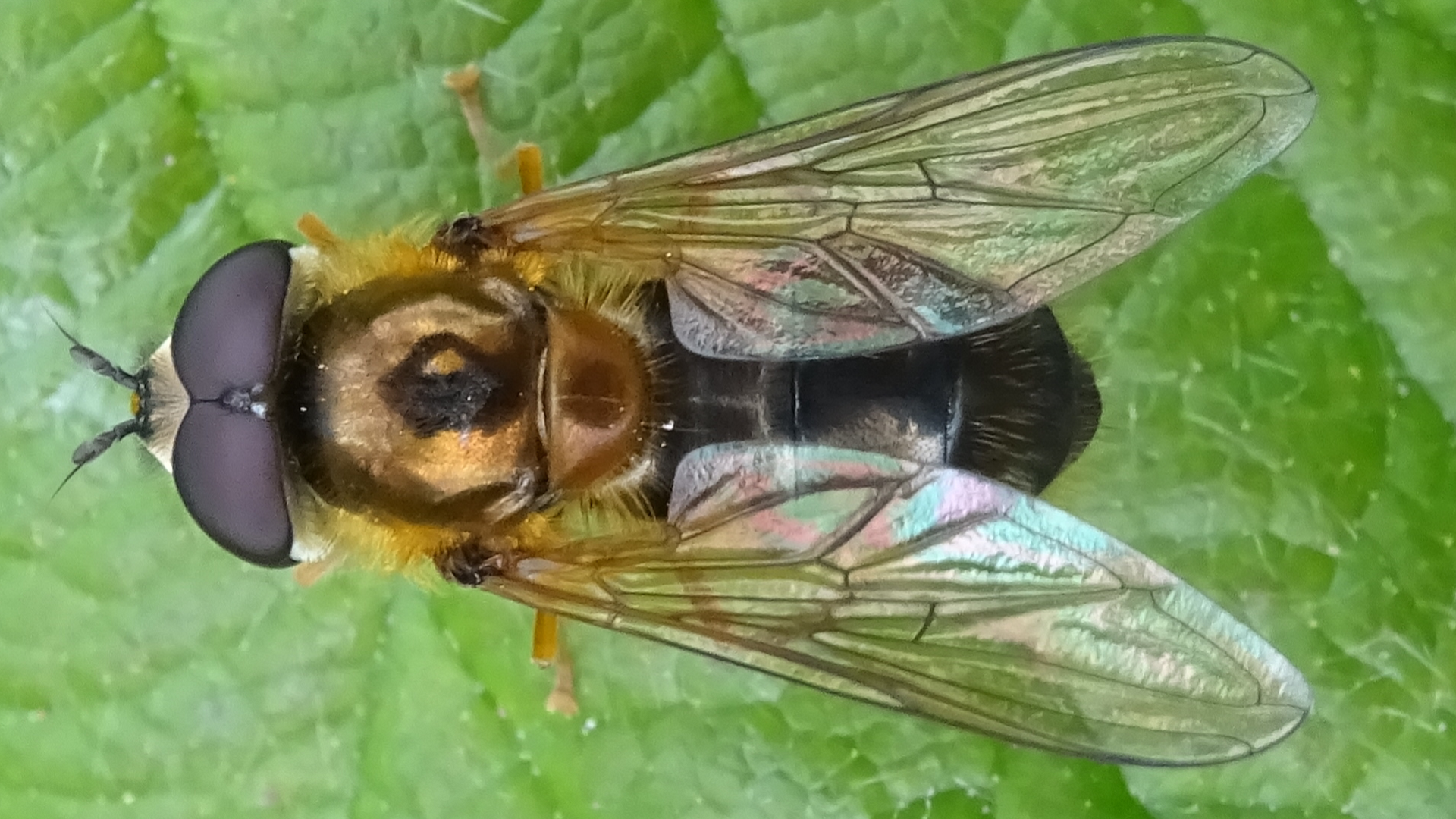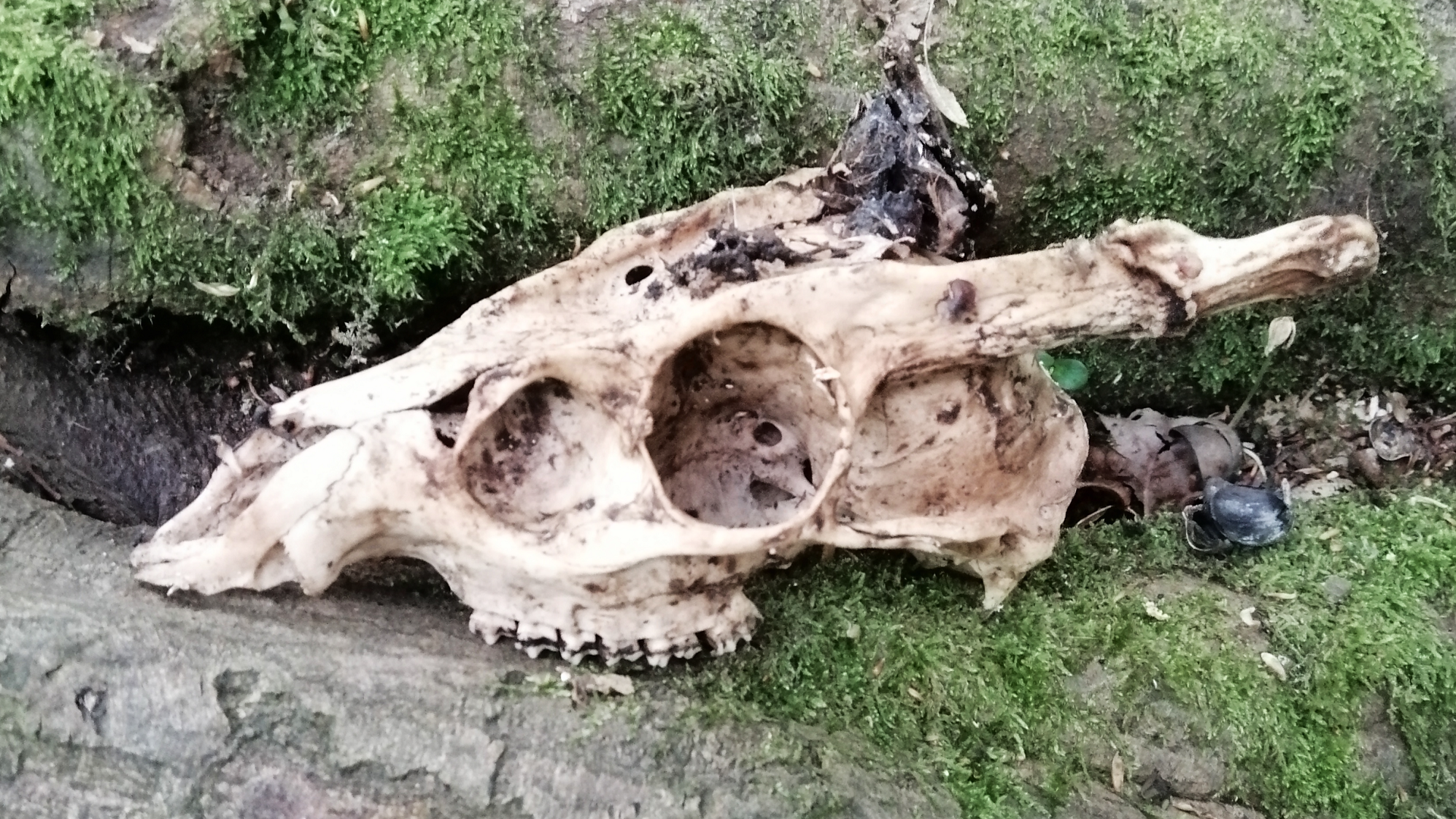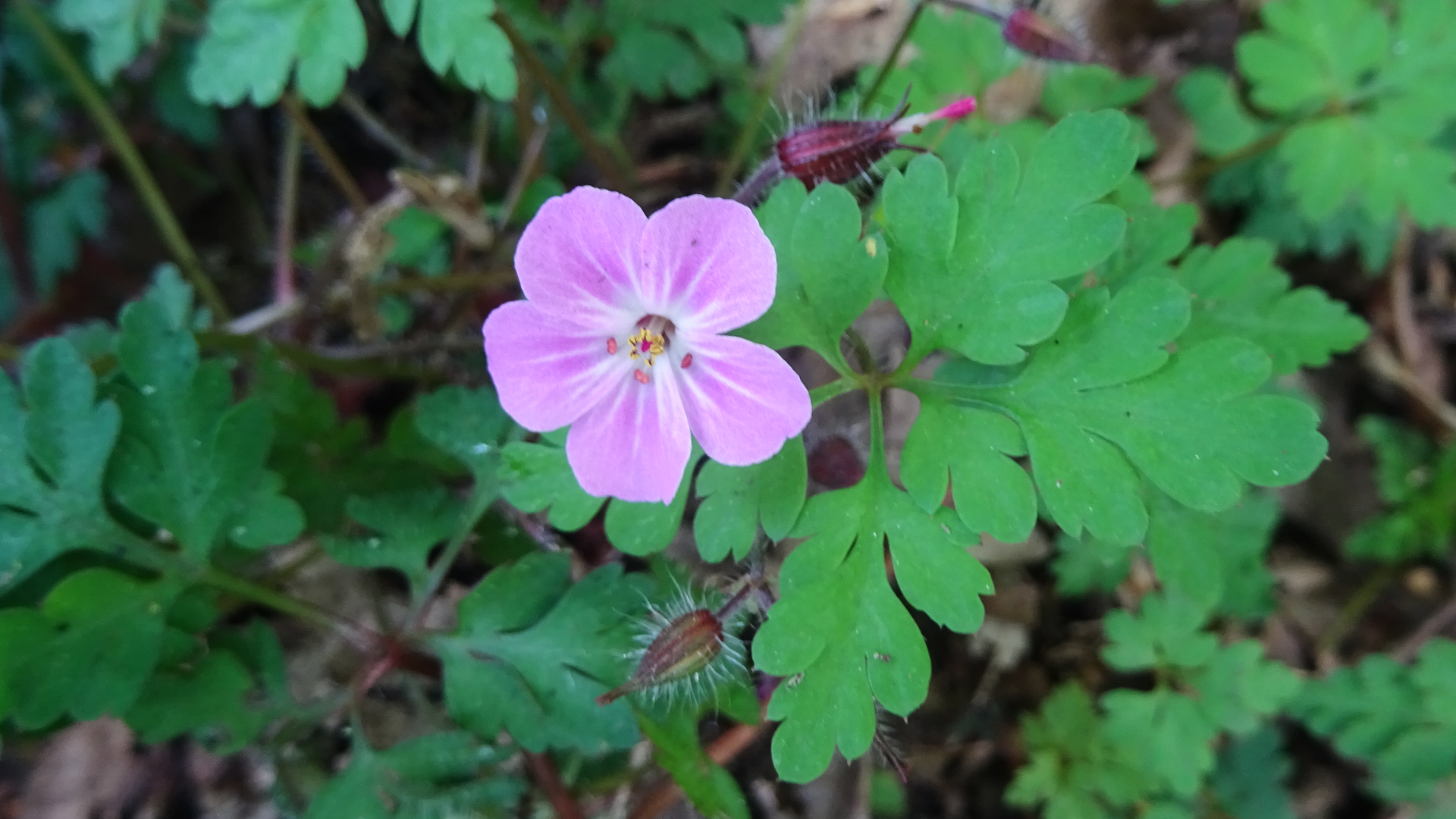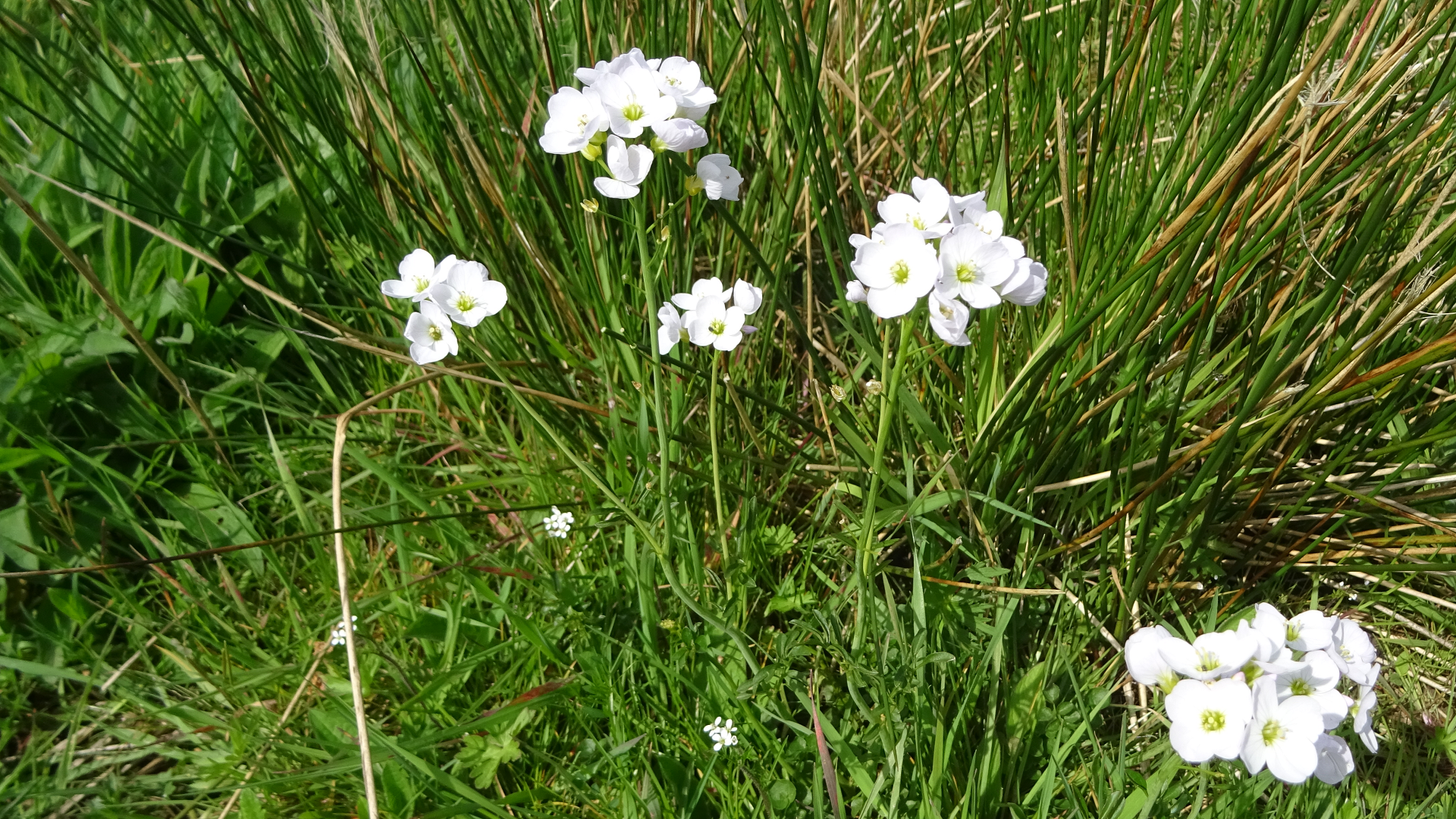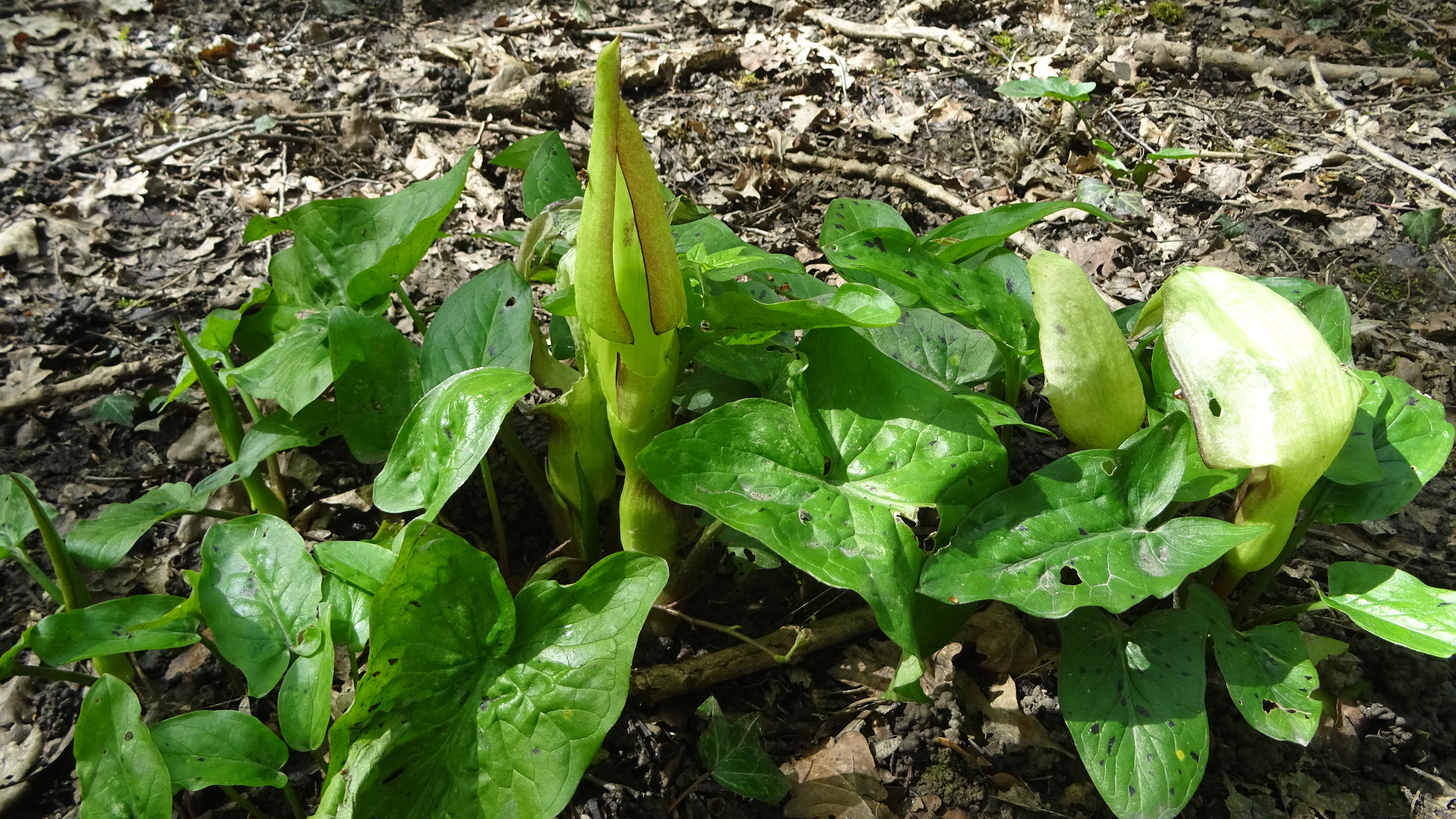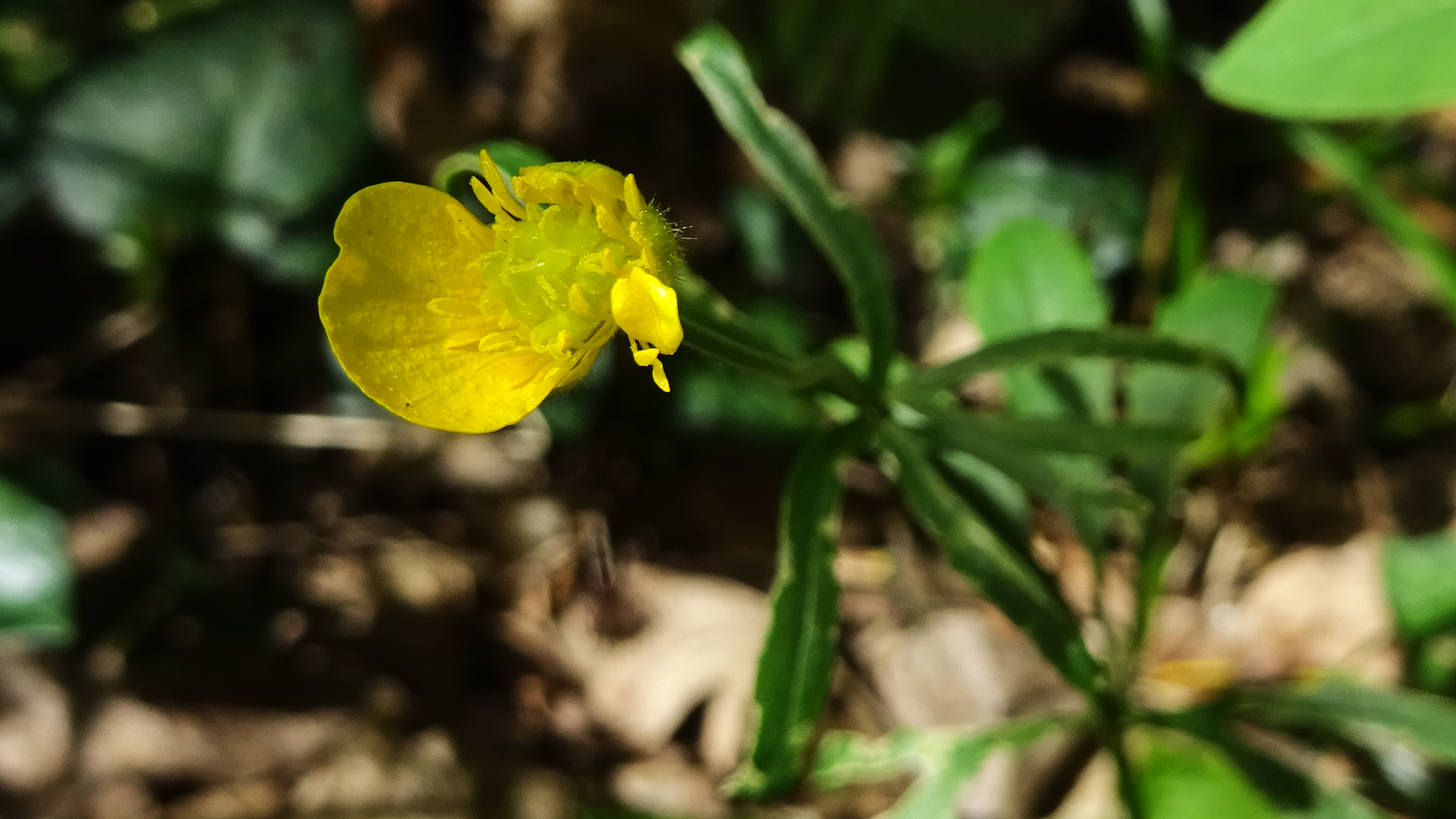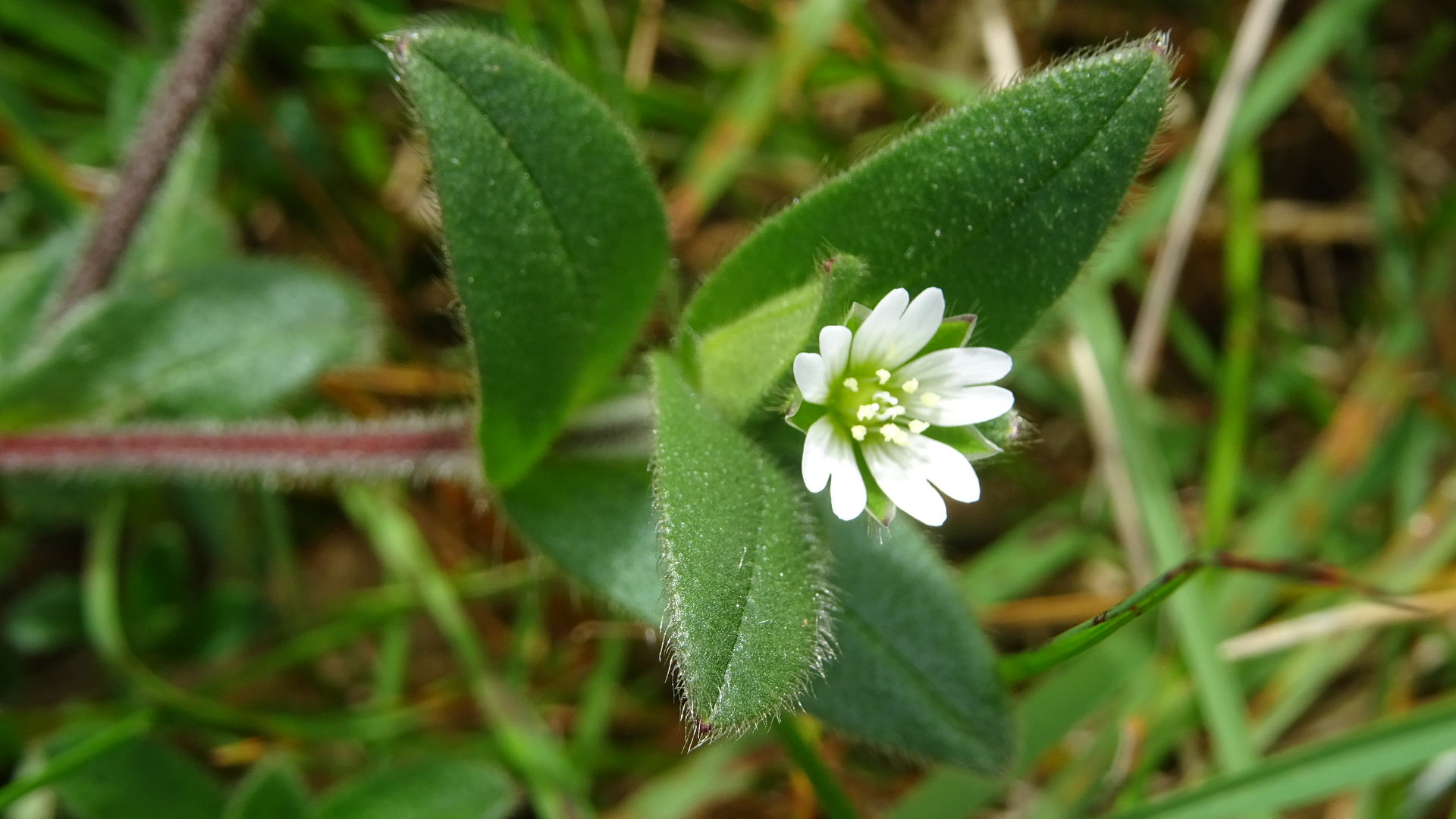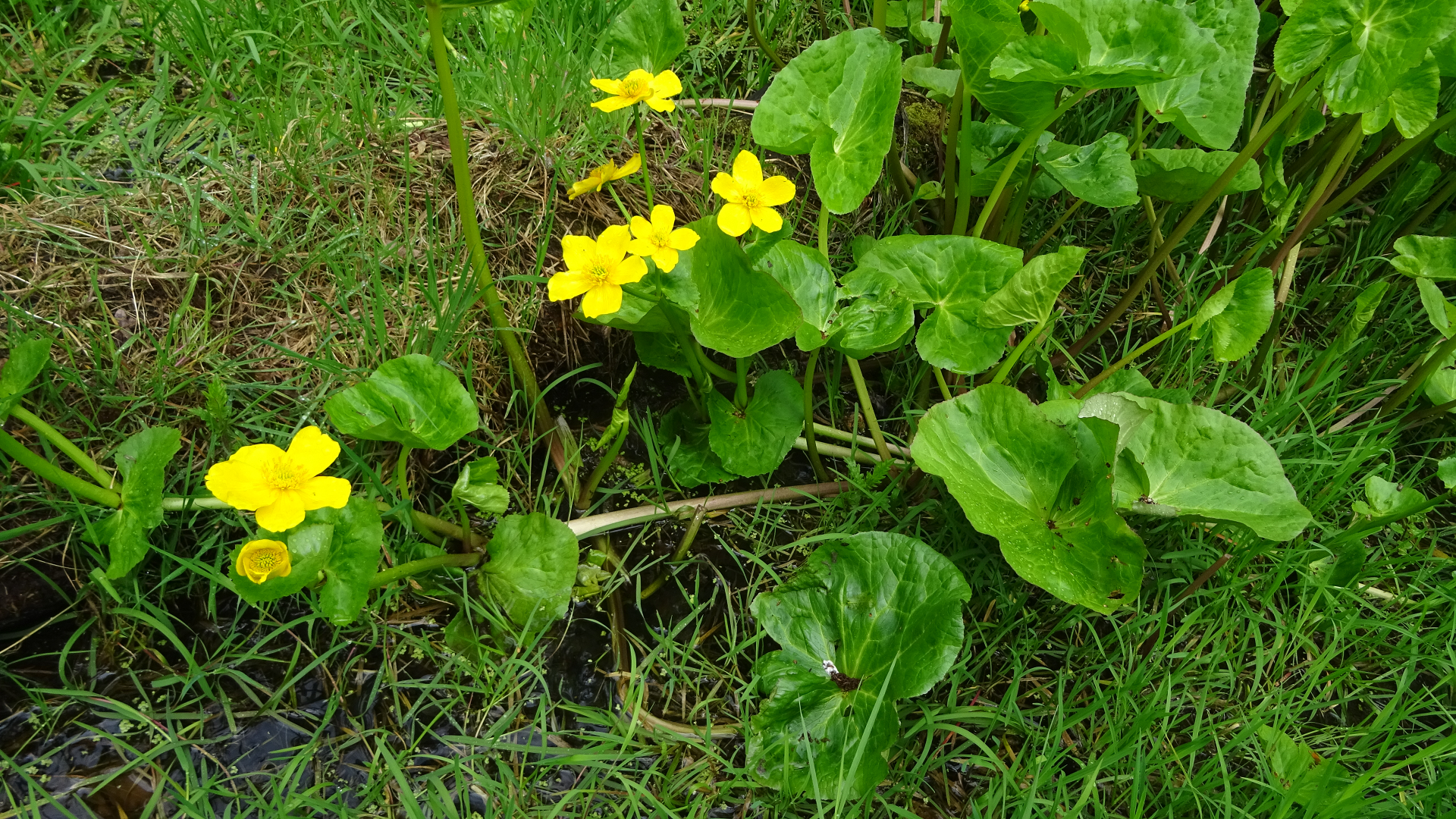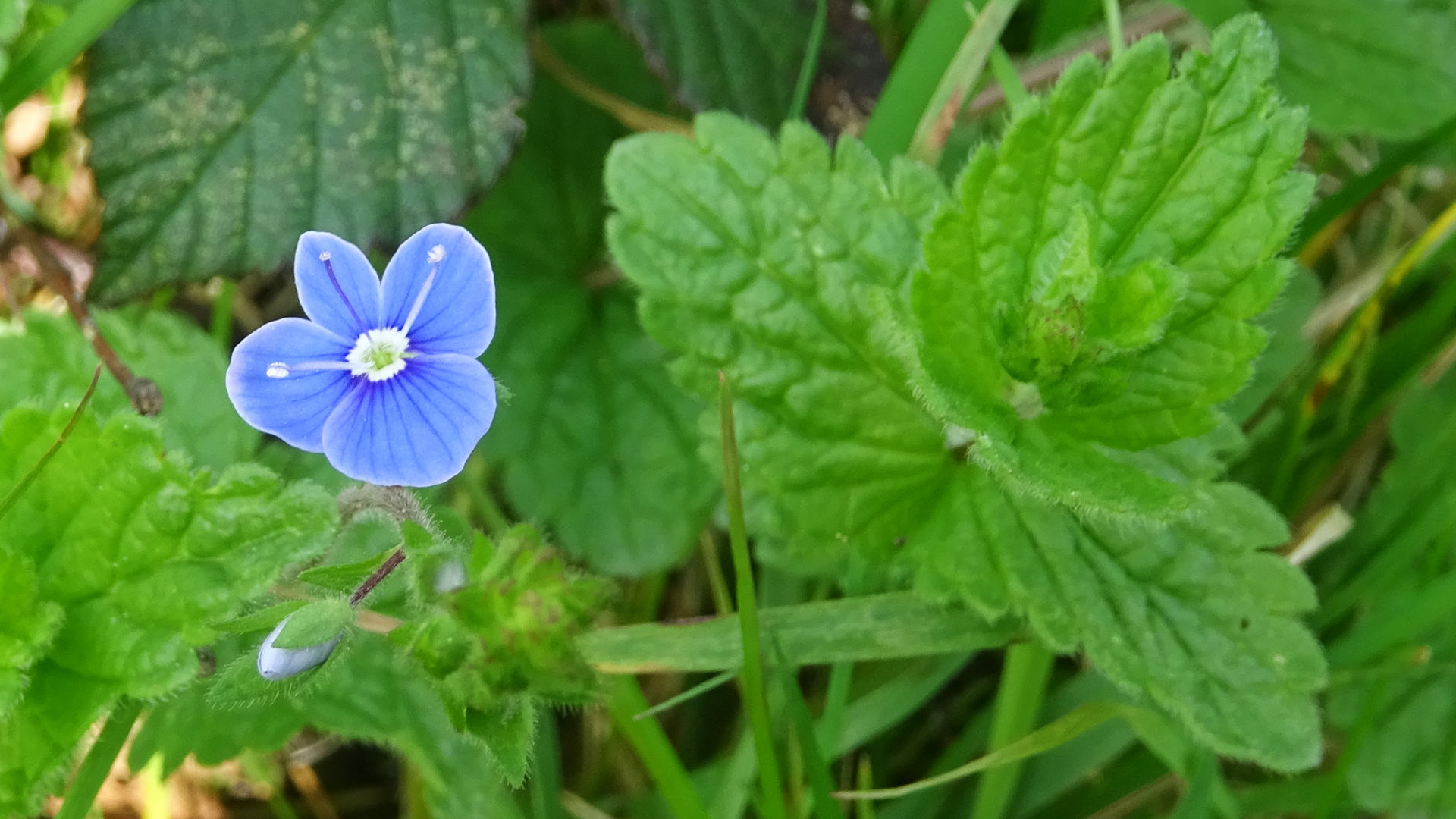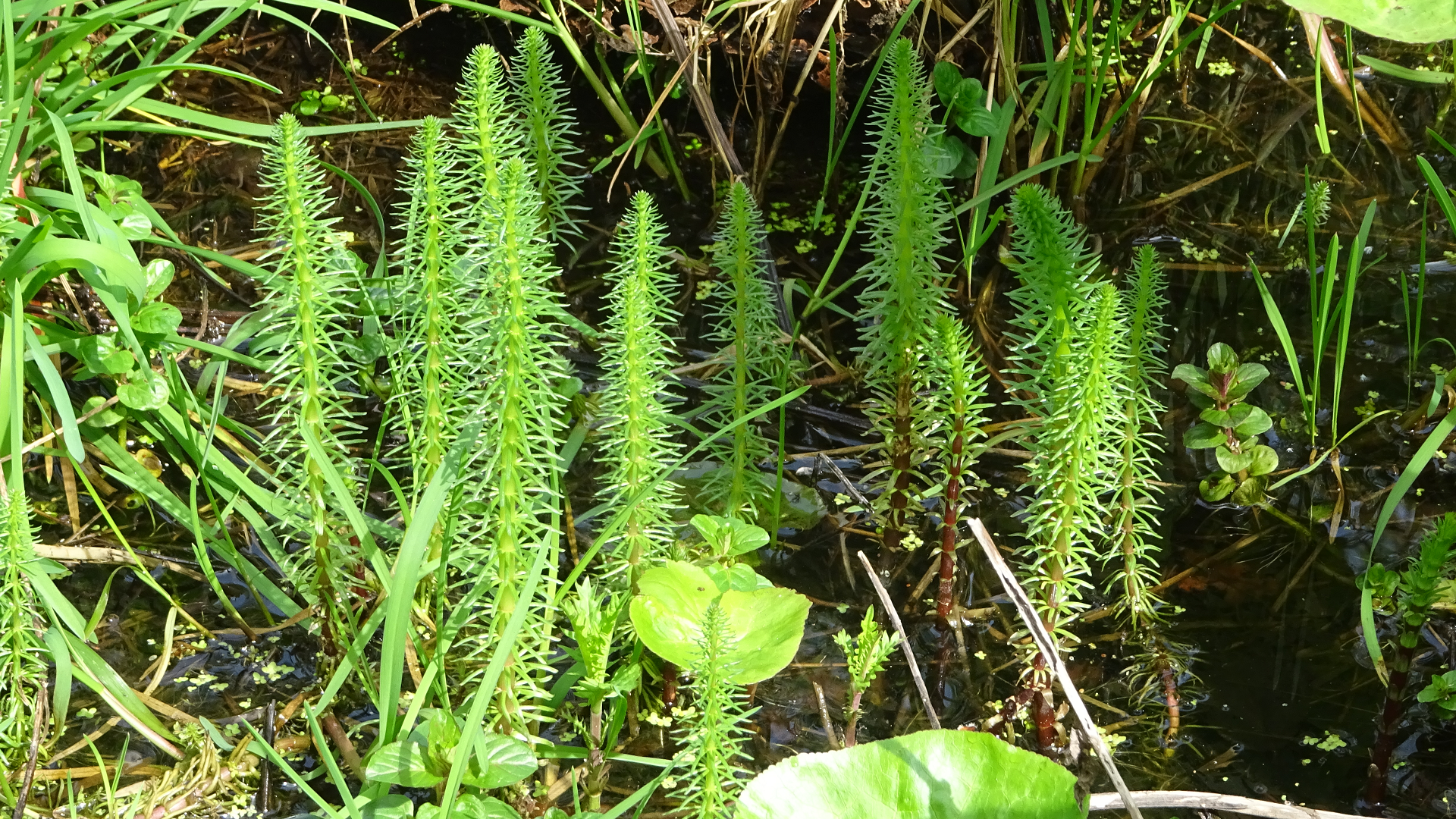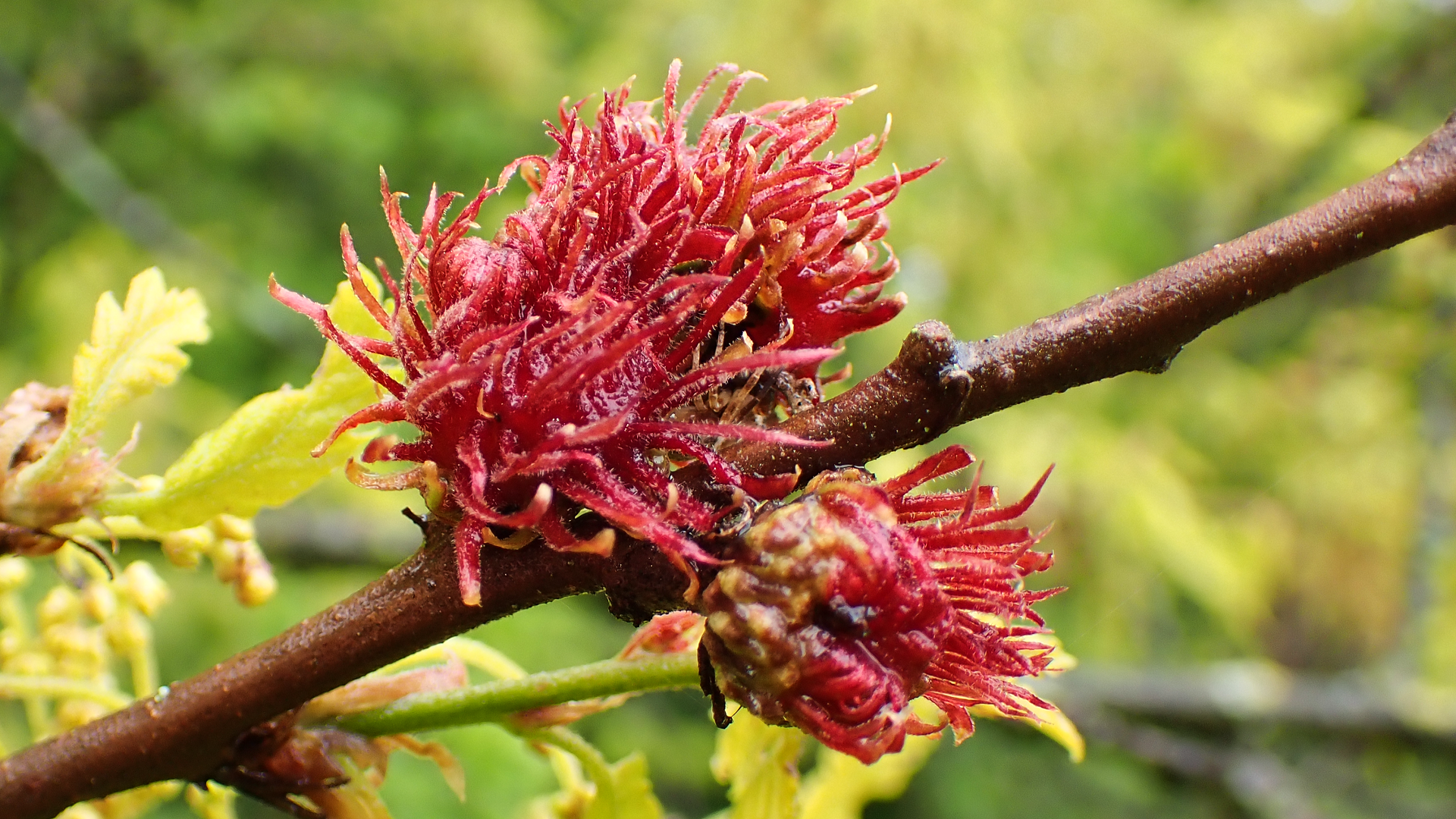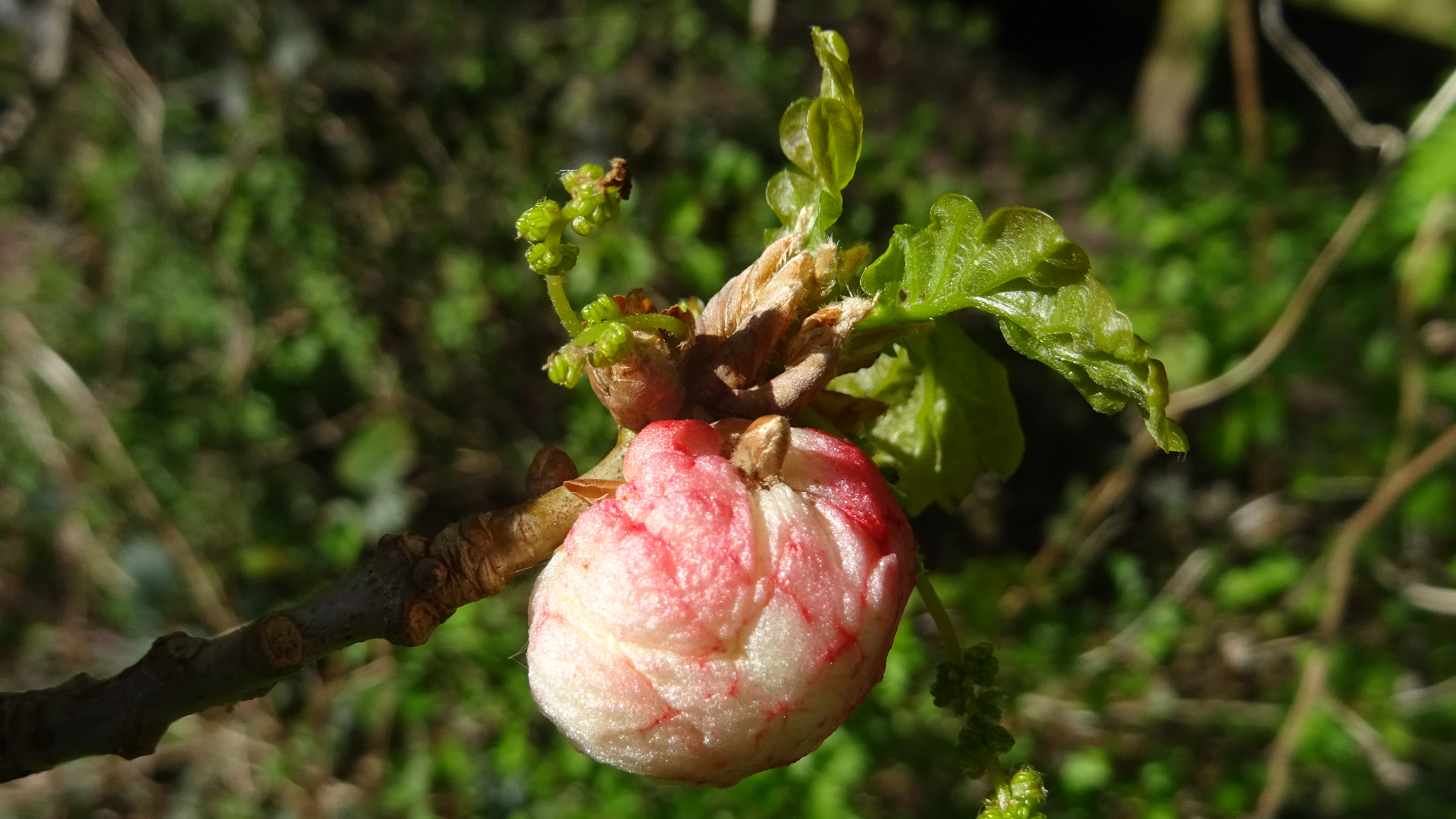

April Journal
2024
© Mike Rumble TQ4793 23/04/2024
Towards the end of the month a female Mallard appeared with 13 ducklings on Roe's Well, or a "Baker's dozen" as Mike put it in his email. The term is thought to have started in medieval England when there were strict laws controlling the price of bread. Bakers would throw an extra loaf into orders of a dozen in case the bread was underweight, a crime for which they would get flogged with a whip or stick as punishment.
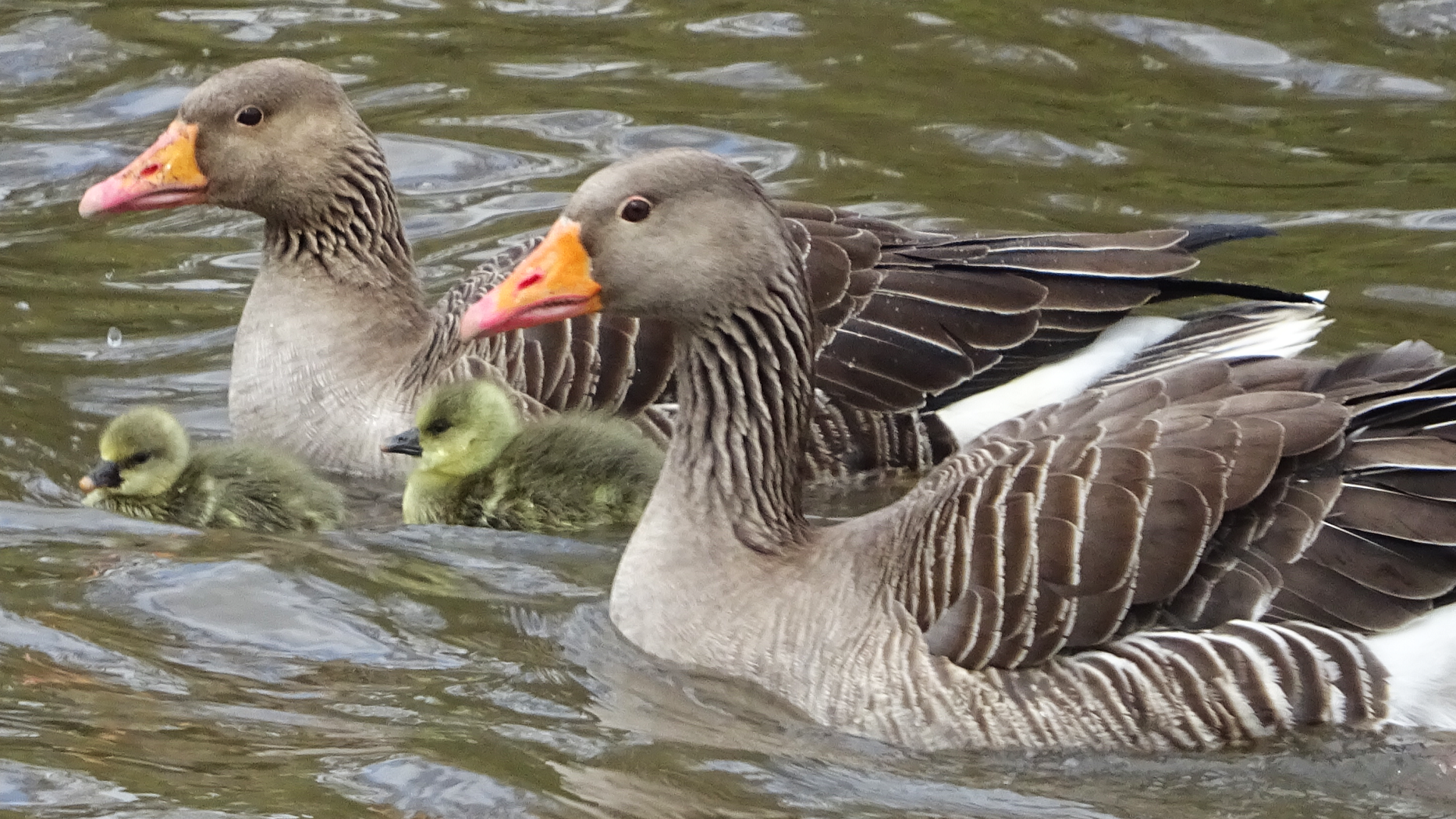
© Raymond Small TQ4792 04/04/2024
Greylag Geese parents are very protective and get involved in the care of the offspring. Two youngsters appeared at Hainault Lake on April 4th. Goslings become fully-fledged at 8-9 weeks.
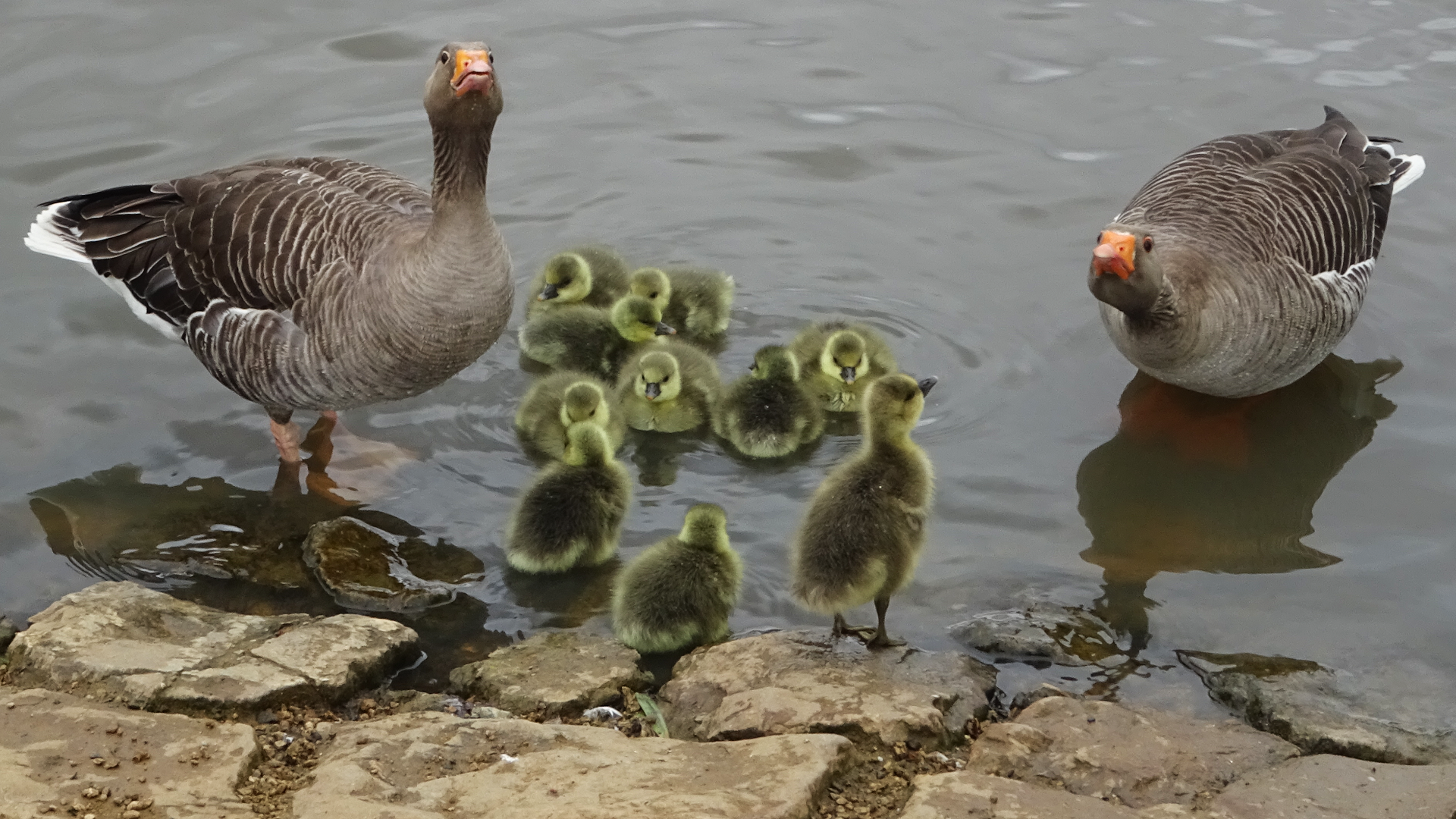
© Raymond Small TQ4792 11/04/2024
A larger family with ten Greylag goslings appeared later in April.
© Raymond Small TQ4792 08/04/2024
The 14-spot Ladybird measures 4-5mm long. It is common in Hainault Forest and is found in a range of habitats, especially on hedgerows along woodland rides. The adults and larvae feed on aphids. There are three yellow species in Britain, this one often has the spots fused together forming an anchor shape across the elytra (wing cases).
© Raymond Small TQ4793 10/04/2024
Epistrophe eligans does not appear to have a common name at present. It is a species mainly seen in spring and can be rather variable regarding the level of the yellow striping on its abdomen. Some specimens, especially males, can be almost totally black, but the overall pattern is normally similar. This Hoverfly has a preference for sunny woodland rides and hedges where it can be found resting on brambles.
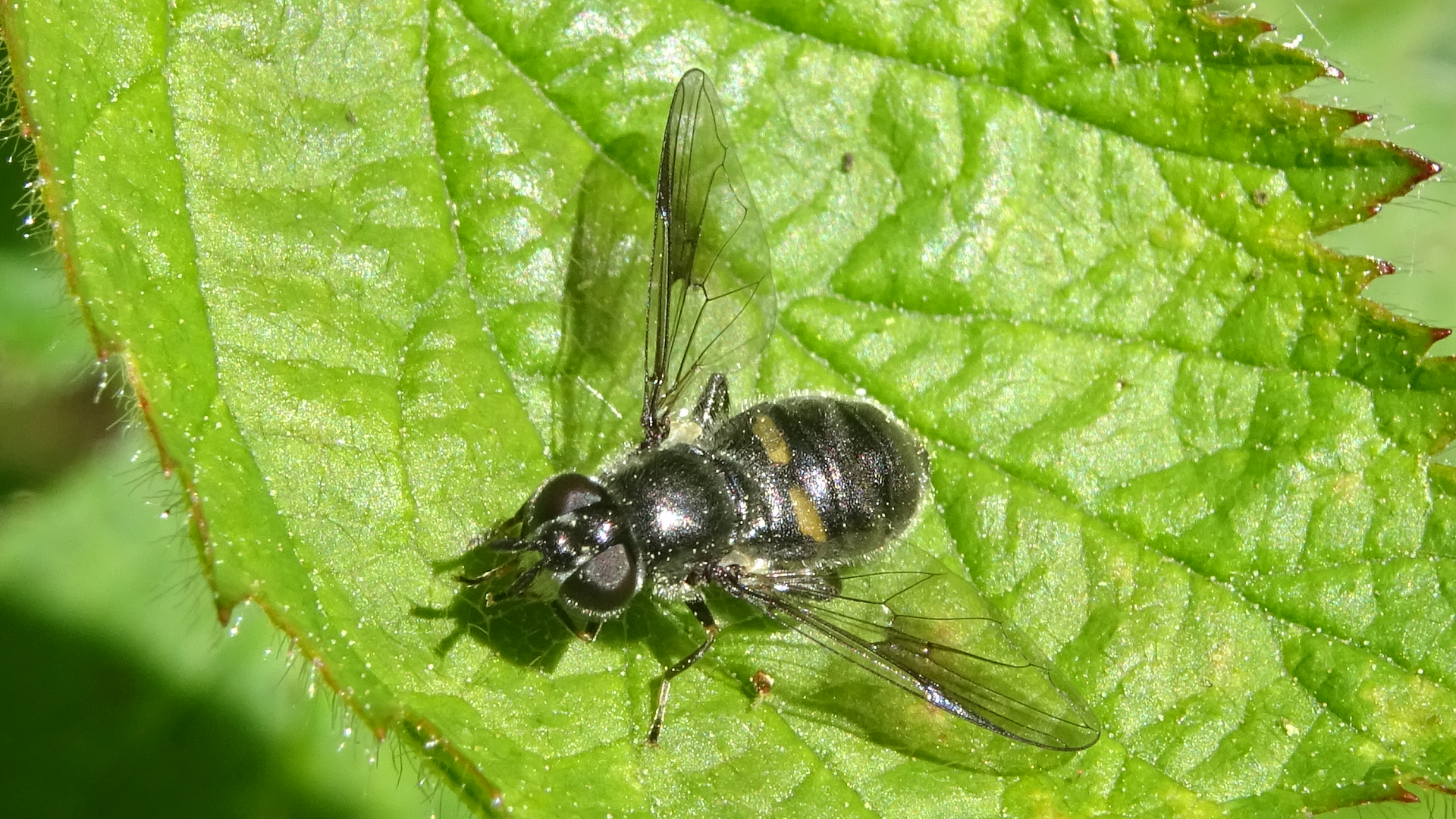
© Raymond Small TQ4793 29/04/2024
This Pipiza Hoverfly was basking in the sun on a hedgerow near Sheepwater. Due to similarity in species it can only be recorded to genus from a photograph.
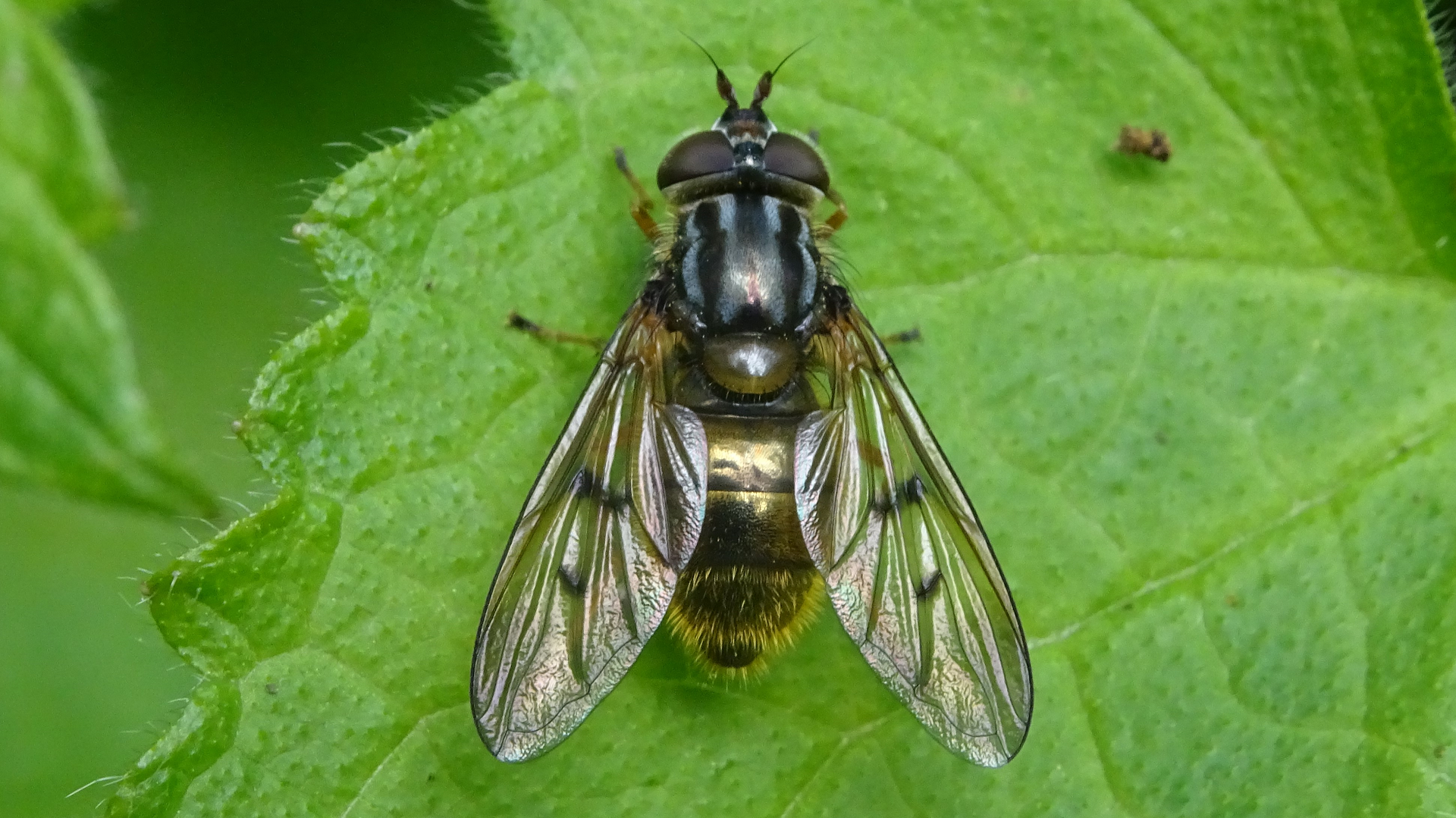
© Raymond Small TQ4793 29/04/2024
Bronze Sap Hoverfly
Ferdinandea cuprea has a brassy coloured abdomen and two dark marks on each wing. It inhabits hedgerows and woodland from March to November where it is sometimes found basking in the sun.
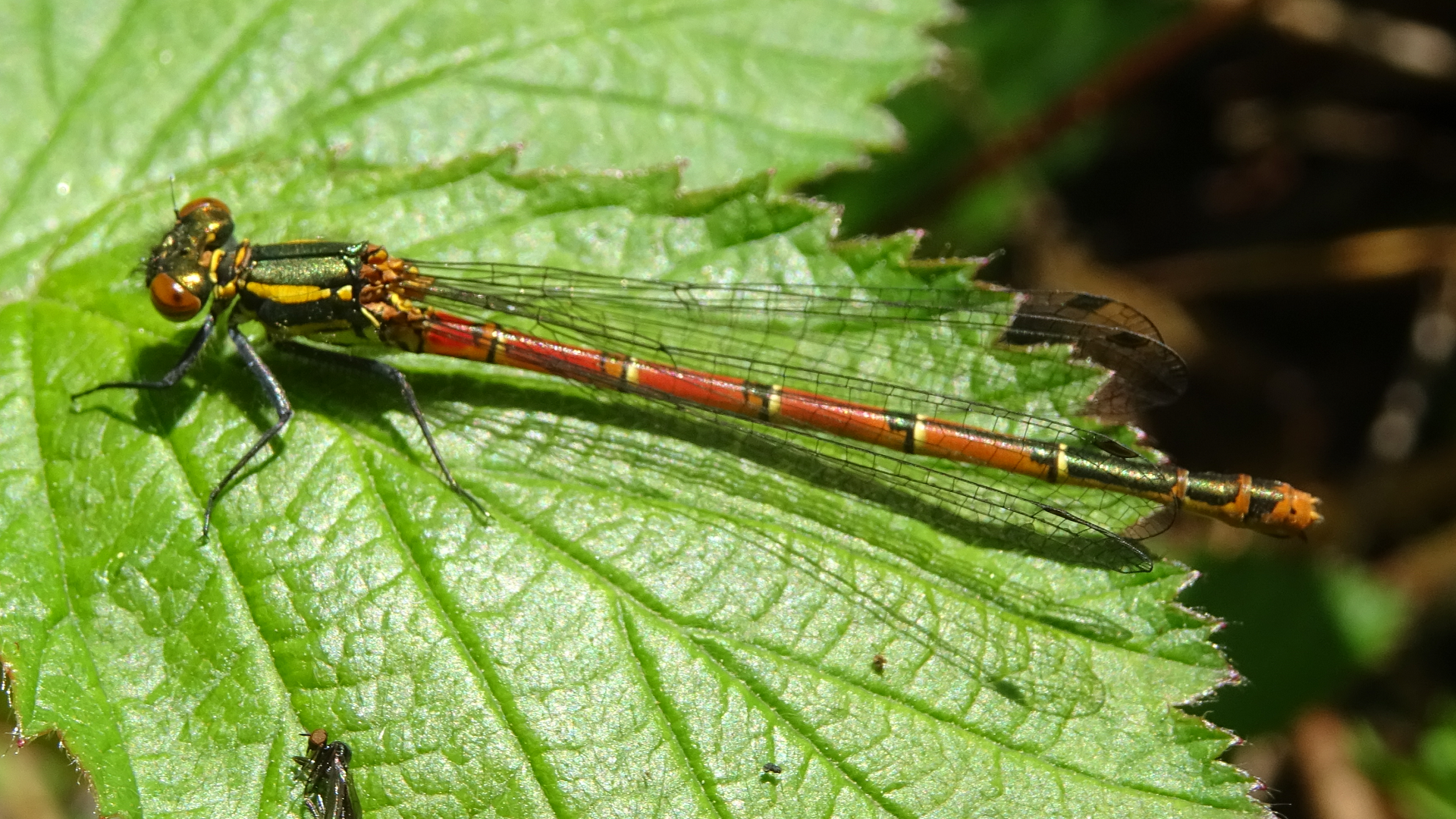
© Raymond Small TQ4793 29/04/2024
Black legs and dark wing spots enable Large Red Damselfly
Pyrrhosoma nymphula
to be distinguished from the smaller and rarer Small Red Damselfly. Usually found in wetland habitats with still or slow-running waters this is one of the earliest Damselflies to appear in the year.
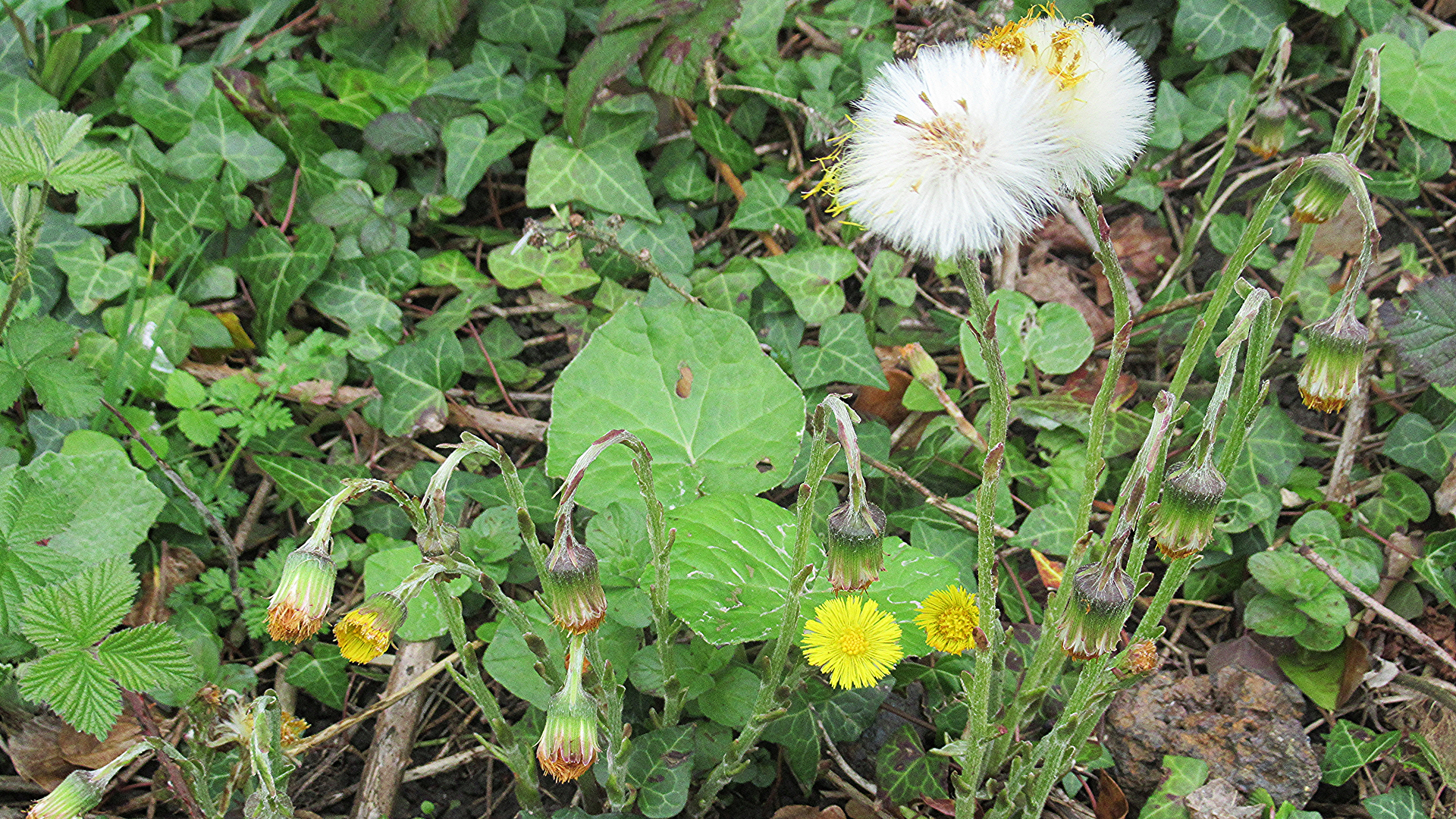
© Brian Ecott TQ4792 20/04/2024
Coltsfoot is a perennial usually found at the edge of Hainault Lake during March and April. After pollination the heads droop, becoming upright again when the white fluffy parachutes (clocks) containing seeds have ripened and are ready to be dispersed on the wind.
© Raymond Small TQ4793 13/04/2024
Cuckoopint
Arum maculatum is a woodland flowering plant that appears during April and May. The plant has many common names which normally have risque meanings. However, it is possible that "Lords and Ladies" is a reference to this plant being used for starching ruffs worn around gentry necks during the 16th century. The roots were once a traditional source of starch used for stiffening clothes. In the Middle Ages, Nuns from Syon Abbey, which stood on the banks of the River Thames at Isleworth, used the roots to produce starch. Starch "made from herbes" was the only starch permitted for use with communion linen.
© Raymond Small TQ4793 13/04/2024
The Goldilocks Buttercup Ranunculus auricomus has scruffy-looking flowers; petals are often imperfect or missing. The upper stem leaves of this slightly hairy plant are deeply lobed with 3-5 narrow segments. Goldilocks Buttercup often appears during spring along the side of the path that leads from Roe's Well towards Sheepwater.
© Raymond Small TQ4792 08/04/2024
Sticky Mouse-ear Cerastium glomeratum is a short hairy annual that appears from April until October.
The white flowers, measuring 5-8mm across, have petals that are as long as sepals and five styles. The petals are shallowly notched and leaves are oval to elliptical.
© Raymond Small TQ4792 04/04/2024
Grape Hyacinth Muscari is a garden plant which spreads easily and can become invasive. They grow in well-drained soils and can be particularly vigorous in sunny locations. Despite the common name this species is not related to hyacinths, but it is now considered to be part of the Asparagaceae family. It is occasionally seen in grassy areas of Hainault Forest, but is not a natural woodland plant.
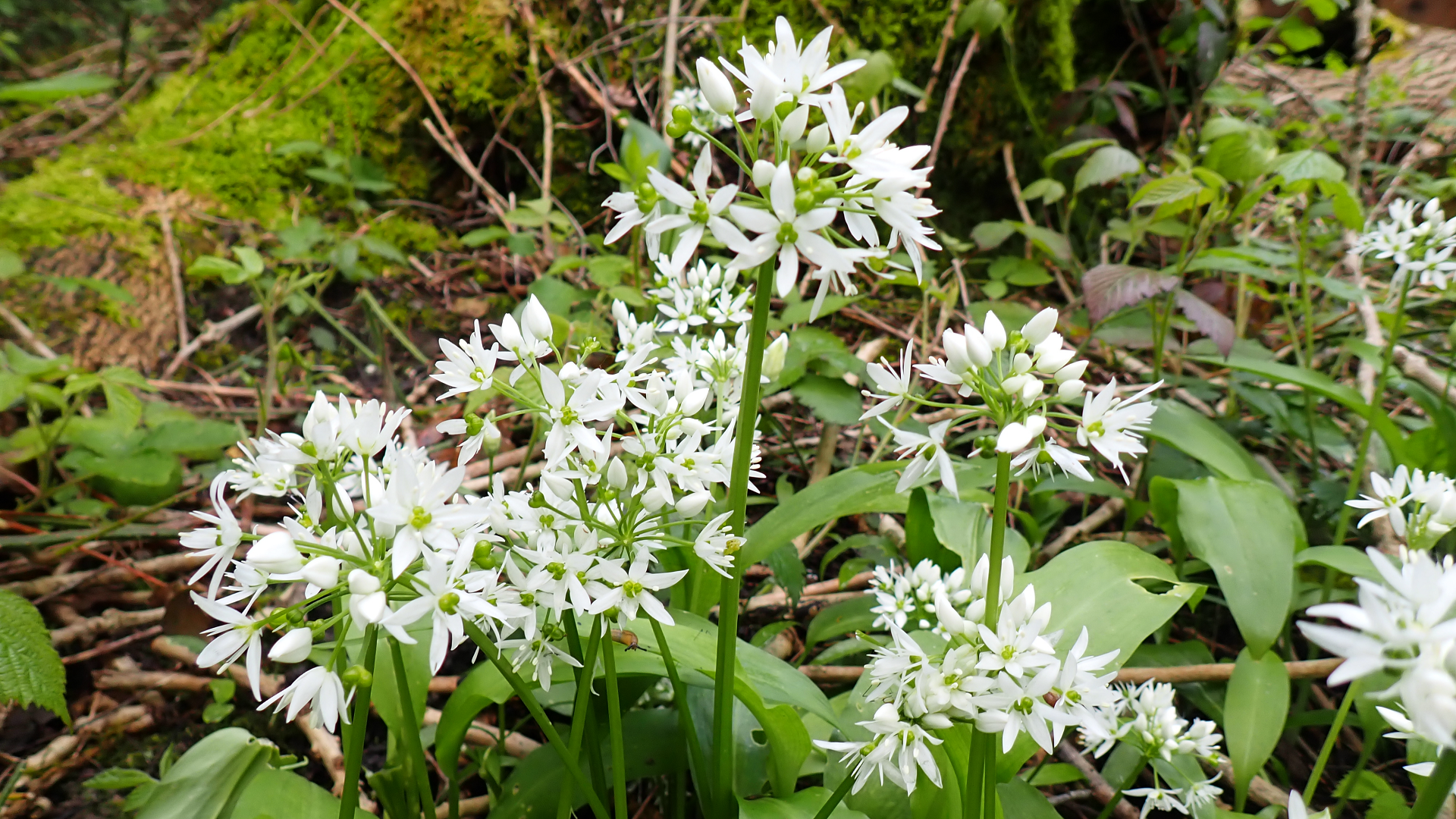
© Raymond Small TQ4793 29/04/2024
Ramsons
Allium ursinum,
also known as Wild Garlic, appears in ancient woodlands during April and May. Most of the year it exists as a bulb underground only emerging in spring to flower. It has rounded clusters of white flowers growing on straight green stems. The narrow oval leaves grow around the base of the stem.
Thank you to all contributors.
